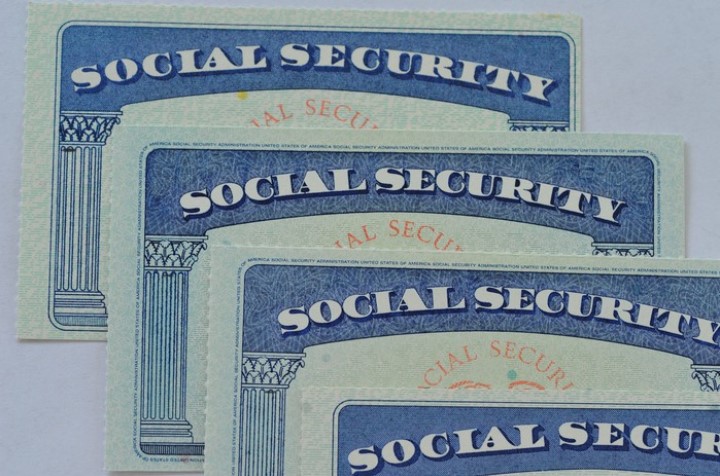
Millions of seniors collect Social Security in retirement, and for many, those benefits serve as their primary source of income. But that’s not what they were intended for.
Social Security is really only meant to supplement additional income streams. By itself, it generally won’t sustain the average senior. That’s because it only replaces about 40% of the typical wage-earner’s pre-retirement income, and most seniors need somewhere in the ballpark of 70% to 80% of their former earnings to keep up with their living expenses.
It’s therefore troubling to learn that 24% of Americans aged 40 to 70 plan to rely on Social Security “a lot” in retirement, according to a new TD Ameritrade survey. In fact, that percentage thinks Social Security will serve as a lifeline to keep them afloat financially.
If your retirement plan revolves heavily on Social Security, and much less so on personal savings, then it may be time to rethink your approach to your senior years. Otherwise, you’re likely to struggle financially at a time when you deserve to be enjoying life instead.
Don’t count so much on Social Security
Social Security pays the average senior today $1,503 a month, or $18,036 per year. That’s hardly enough to support a comfortable lifestyle, so if you don’t have a pension, plans to work part-time as a senior, or another means of generating retirement income, then you’ll need to ramp up your savings game as much as possible for the remainder of your career if you’re starting with little to nothing.
The good news? You can sock away up to $6,000 a year in an IRA if you’re under 50, or up to $7,000 a year if you’re 50 or older. With a 401(k), these limits are $19,500 and $26,000, respectively. The funds you put into a traditional IRA or 401(k) go in tax-free, making it easier to eke out money for savings. And while Roth IRA or 401(k) contributions aren’t tax-free, withdrawals in retirement are.
Of course, if you’re not used to funding a retirement savings plan, you’ll likely have a hard time maxing out a 401(k) overnight — and possibly an IRA, too. But if you manage to save consistently for the remainder of your career, there’s a good chance you’ll accumulate enough savings to live comfortably later on, especially if you’re still years away from leaving the workforce.
In fact, imagine you’re 45 years old with the goal of retiring at 65. That gives you 20 years to amass some savings. If you manage to set aside $500 a month over the next two decades, and you invest your savings heavily in stocks to generate an average annual 7% return for your portfolio (which is actually a bit below the stock market’s average), you’ll get to retire with $246,000. And if you push yourself to work an extra five years, during which time you continue saving at the same pace, you’ll end up with about $380,000, assuming your portfolio continues to deliver that 7% average yearly return.
Now if you’re already in your 60s without much savings, you may need to make some harder choices — downsizing your living space to sock away much more money in your IRA or 401(k), or agreeing to work part-time in retirement to supplement your income. But no matter what plan you come up with, don’t let it hinge on Social Security providing the bulk of your income. If you do, you’ll be setting yourself up for a world of financial stress.
